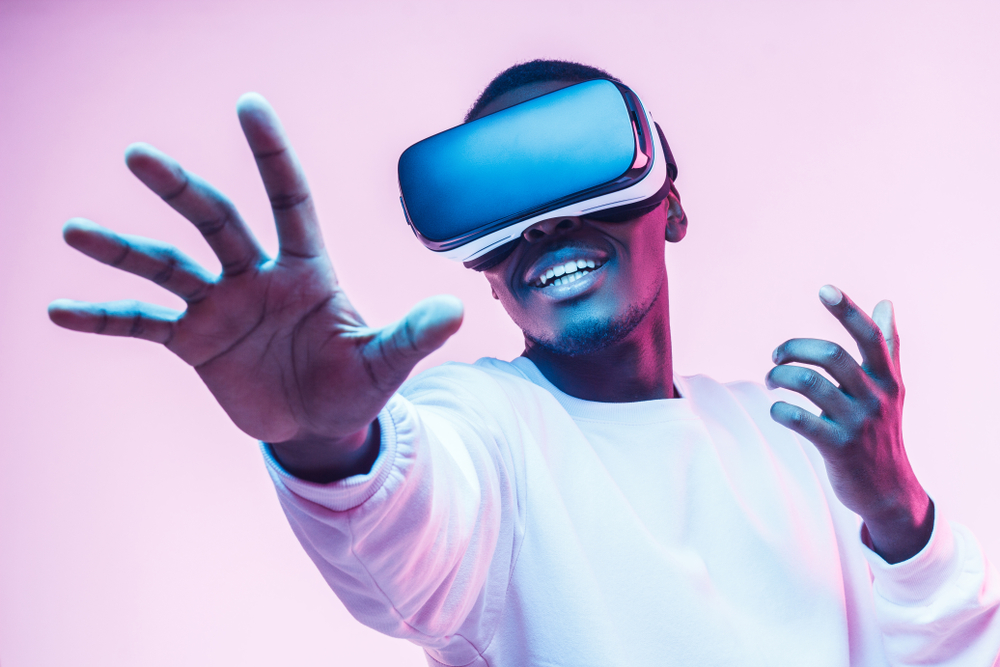Is VR just entertainment? Or can this technology be leveraged by retailers to gain a significant edge?
To be successful, retailers must have effective category management. This naturally requires reliable consumer data to understand the impact that choices will have. Using virtual reality in this area is a modern and powerful key to solving the biggest category management challenges.
But how is VR shaping Retail? It can assist retailers in countless ways, simplifying and speeding up processes.
Let’s see below its impact in the category area.
How to test the concepts of physical stores?
Testing a store concept is time-consuming and resource-intensive. This aspect increases exponentially when you need to understand the impact of changes to micro and macro space planning, when developing innovative store formats or making changes that involve the use of bulky and heavy equipment.
With increasing demand for highly customized customer experiences, retailers have an objective difficulty performing physical tests. It is essential to be able to adopt rapid assortment management processes, given the volatility of demand and the changing demands for layout on different channels.
An extra gear to accelerate the category strategy
The use of virtual environments to test the launch of new products and to access buyer information is becoming increasingly widespread. In addition, the combination of this technology with dedicated store space planning software, and collaborative planning sessions, can create a valuable opportunity to improve the merchandising process. Through analysis to improve physical space, and the use of virtual reality headsets, you can get a realistic simulation of the store, so you can optimize and plan space intelligently.
Try to imagine: category teams can be enabled to create their strategy by looking at it with the eyes of the consumer, having the opportunity to accurately evaluate the effect of any possible change in the layout. They can understand the prospects of customers and the effectiveness or otherwise of the strategies they would like to implement, before they are executed in the store, thus making better decisions about it.
A smart store design
This type of technology, is highly collaborative and focused on the consumer point of view, so it substantially accelerates the testing of new category layouts, promotional elements of formats and new product launches, increasing the level of effectiveness of execution and customer satisfaction.
In the future there will always be a greater integration between virtual reality and big data, to have an effective vision and overview of the actual trend of stores.
This includes not only planogram and product visualization, but also the ability to link procurement, supply chain, macro and micro data. This allows store staff to receive instant and timely feedback





